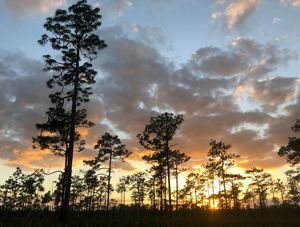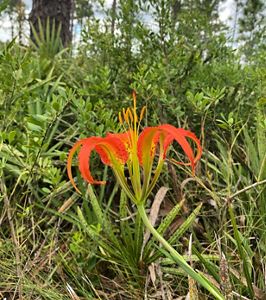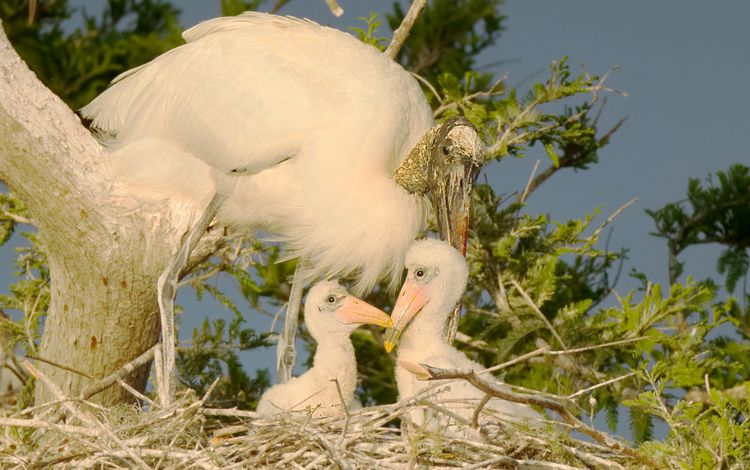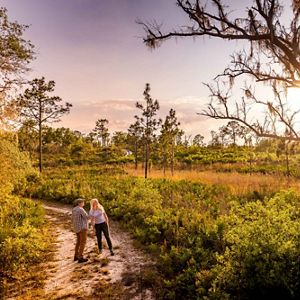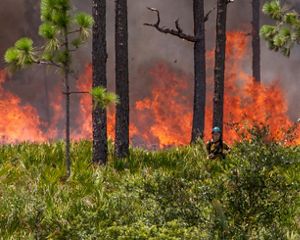Description
“Landscapes of great wonder and beauty lie under our feet and all around us. They are discovered in tunnels in the ground, the hearts of flowers, the hollows of trees, freshwater ponds, seaweed jungles between tides, and even drops of water. Life in these hidden worlds is more startling in reality than anything we can imagine.” —Walt Disney
Home to more than 1,000 species of plants and animals, the Disney Wilderness Preserve in central Florida is an essential part of the Everglades ecosystem. It contains 3,500 acres of restored wetlands that act as nature’s “sponges,” capturing rain, filtering out nutrients and replenishing our groundwater.
Although the preserve is not affiliated with Walt Disney Parks and Resorts, The Walt Disney Company provided funds for restoration and wildlife monitoring on the preserve and continues to partner on a number of on-site projects today.
The preserve stands as a testament not only to Walt Disney’s love of nature, but also to the power of cooperation, perseverance and innovative thinking.




